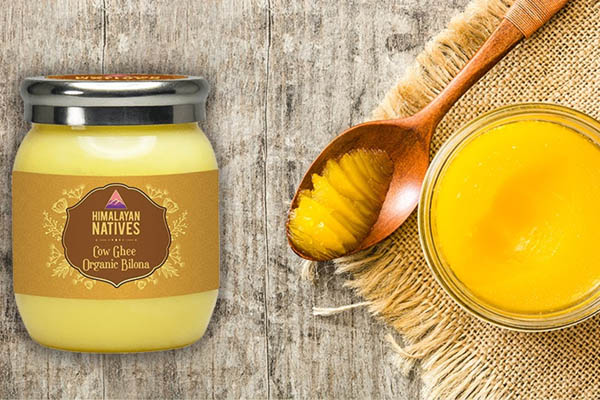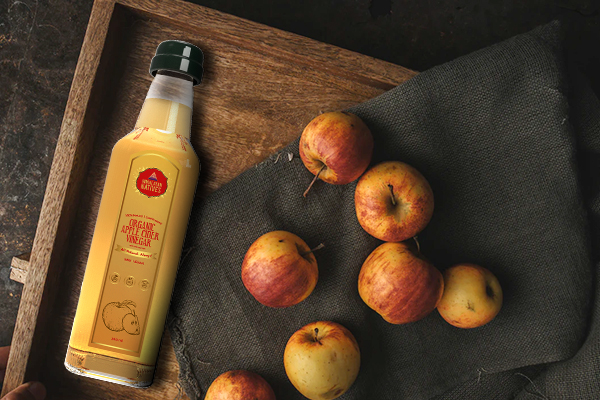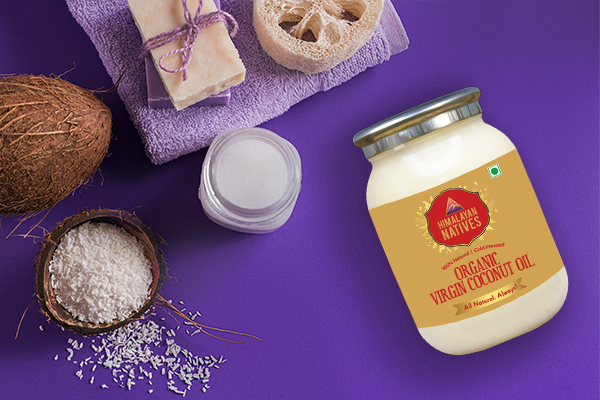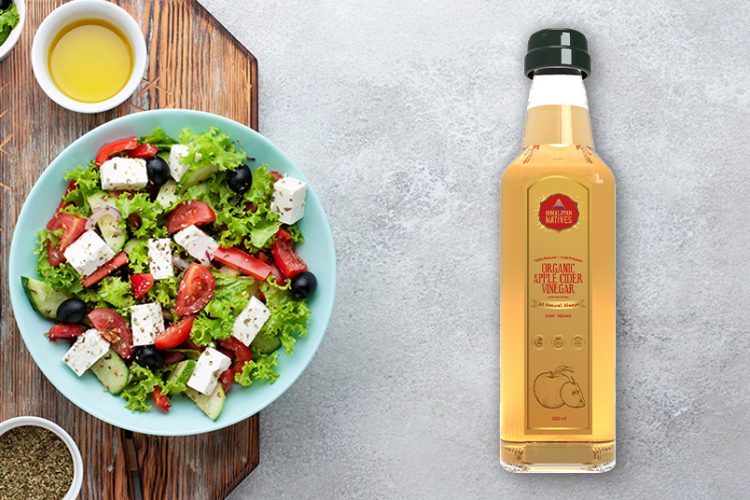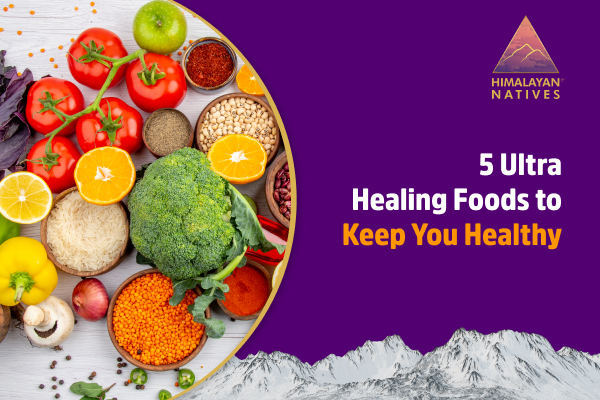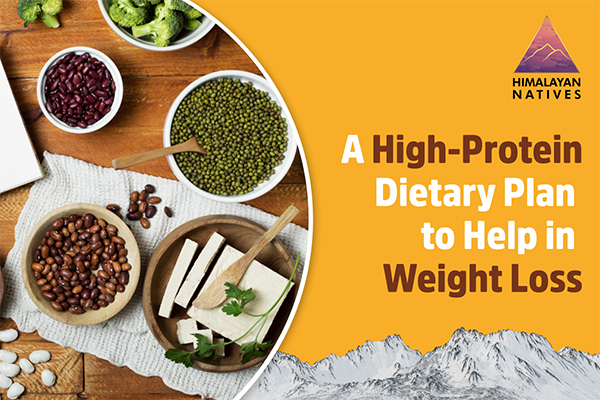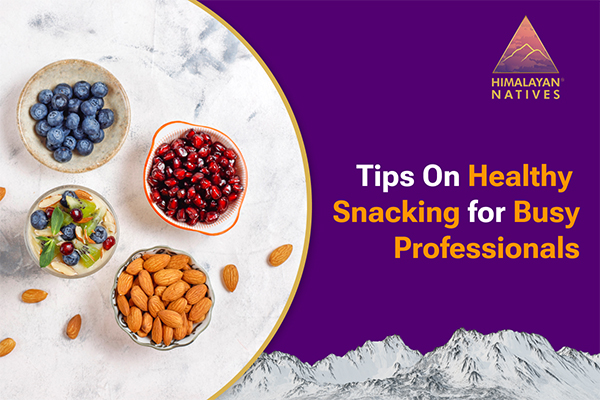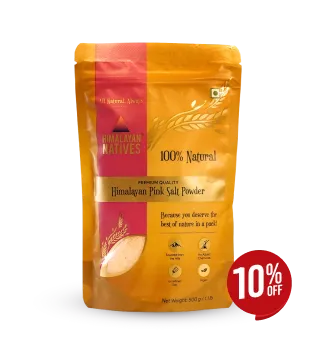
Why Gluten-Free Matters in Today’s World?
In a world that is increasingly mindful of what goes into every bite, the gluten-free diet is a thoughtful, health-conscious choice that is embraced across the globe. Once reserved strictly for those diagnosed with celiac disease or gluten sensitivity, this lifestyle has grown far beyond clinical necessity and has become a symbol of clean eating, reduced inflammation, and balanced nutrition.
Today, mothers searching for wholesome options for their children, fitness enthusiasts seeking fuel without the bloat, and everyday eaters simply looking to feel better are all reaching for gluten-free options as their go-to solution. And with shelves now overflowing with gluten-free foods that are as delicious as they are nourishing, a clear understanding of this diet is much sought after, so let’s jump right in!
Understanding the Gluten-Free Diet: Not Just a Trend, But a Healthful Choice

At its core, gluten is a naturally occurring protein found in wheat, barley, and rye grains that form the backbone of countless, everyday foods. From soft sandwich bread to pasta and even certain condiments, gluten shows up in surprising places. This makes understanding the gluten food list vital for anyone beginning a gluten-free meal plan.
But not all who avoid gluten are doing so for the same reason:
Celiac disease, a serious autoimmune condition, requires absolute elimination of gluten to prevent intestinal damage.
Gluten intolerance or non-celiac gluten sensitivity causes symptoms like bloating and fatigue without triggering an autoimmune response.
Wellness seekers who practice gluten avoidance as a preventive measure do so for the purpose of experiencing anti-inflammatory benefits and improved digestion.
Even without a clinical diagnosis, many have experienced the benefits of following a gluten-free diet, ranging from increased energy and better skin clarity to a reduction in brain fog. This isn’t about deprivation. It’s about informed choices, renewed vitality, and exploring the growing world of nutritious, flavorful alternatives.
With the right mindset and understanding, a gluten-free journey can lead to deeper nourishment, one conscious bite at a time.
Key Characteristics of a Healthy Gluten-Free Snack

As gluten-free options flood the market, the health enthusiasts know it’s not just about what's absent—it's about what’s present.
The foundation of any good gluten-free food lies in its nutrient density. Whether it’s chia seed pudding, almond flour muffins, or roasted chickpeas, these foods fuel your body with what it needs to thrive. Equally important are the ingredients. Healthy gluten-free food should come from clean, whole-food sources that are free of refined sugars, artificial flavors, or preservatives. Ingredients you can recognize—nuts, seeds, natural sweeteners, and real fruits—offer a kind of clarity and comfort that processed snacks simply can't match.
Then there’s the question of functionality. A snack should deliver satiety and sustainable energy, especially during those demanding midday stretches or post-workout slumps. That’s where gluten-free protein snacks shine—supporting muscle recovery and keeping hunger at bay, longer than sugary alternatives.
Ultimately, a healthy gluten-free snack is more than a dietary alternative. It’s a daily decision to choose nourishment over numbers. So, here are some healthy gluten-free snack choices for your daily life.
Top Gluten-Free Snacks — Zero Compromise on Nutrition and Taste

1. Greek Yogurt Parfaits with Gluten-Free Granola
Rich in calcium and probiotics, Greek yogurt parfaits layered with gluten-free granola offer a creamy, satisfying snack.
Layer Greek yogurt with fresh berries or stewed apples
Add a spoonful of gluten-free granola between layers
Finish with a drizzle of honey or maple syrup (optional)
2. Roasted Chickpeas with Herbs
Rich in plant-based protein and fiber, roasted chickpeas are the perfect crunchy snack.
Rinse and dry 1 ½ cups of chickpeas
Toss with olive oil, sea salt, rosemary, thyme, or smoked paprika
Roast at 200°C (400°F) for 30–40 minutes, shaking halfway through
Cool and store in an airtight jar
3. Homemade Trail Mix with Nuts, Seeds, and Dark Chocolate
A delightful balance of healthy fats, antioxidants, and sustained energy, homemade trail mix is ideal for on-the-go snacking.
Combine ½ cup each of almonds, walnuts, sunflower seeds, and pumpkin seeds
Add ¼ cup dark chocolate chunks and dried cranberries
Mix well and portion into snack bags or jars
4. Vegetable Sticks with Hummus or Guacamole
Fresh, crunchy vegetables like carrots, celery, and cucumber provide a bounty of phytonutrients, while dipping in hummus or guacamole adds a rich and satisfying flavor.
Slice carrots, cucumbers, bell peppers, and celery into sticks
Serve with homemade hummus or guacamole
5. Rice Cake Stacks with Nut Butter and Sliced Banana
A classic combo for sustained energy, rice cakes topped with creamy nut butter and sweet banana offer a naturally sweetened and gluten-free option.
Spread almond or peanut butter on plain rice cakes
Top with banana slices and a sprinkle of cinnamon
For extra crunch, add chia seeds or flaxseeds
6 . Baked Sweet Potato Fries with Turmeric & Sea Salt
These crispy, oven-baked sweet potato fries are packed with anti-inflammatory benefits from the addition of turmeric.
Slice sweet potatoes into thin wedges
Toss with olive oil, turmeric, and sea salt
Bake at 200°C (400°F) for 25–30 minutes, flipping halfway
Serve warm with a yogurt dip or eat plain
7. Chia Pudding with Coconut Milk and Berries
Chia seeds are rich in omega-3 fatty acids and fiber, and when combined with the creamy texture of coconut milk, they make a satisfying and nutritious snack.
Mix ¼ cup chia seeds with 1 cup coconut milk
Stir well and refrigerate overnight
Top it with fresh berries or toasted coconut and serve
Each of these snacks is designed to provide balance, offering a powerful combination of taste, nutrition, and gluten-free benefits.
Reading Labels the Right Way: Navigating the Gluten-Free Aisle
Decode Hidden Gluten Sources: Gluten isn’t always labelled outright. Watch for ingredients like malt extract, hydrolyzed wheat protein, modified food starch, or even soy sauce, often made with wheat. Keeping a handy gluten-free food list helps you stay vigilant.
Rely on Trusted Certifications: Look for official seals like Certified Gluten-Free by the Gluten Intolerance Group (GIG) or endorsements from the Celiac Support Association (CSA). These marks ensure products meet strict testing standards, containing less than 20 ppm of gluten.
Avoid the Gluten-free Health Halo: Just because a product says ‘gluten-free’ doesn’t mean it’s good for you. Many ultra-processed gluten-free items can be loaded with sugar, sodium, or additives. Always cross-check the label before adding to your gluten-free foods list.
Making Gluten-Free Snacking a Lifestyle, Not a Limitation
Think Smart, Not Expensive: Gluten-free doesn’t have to burn a hole in your wallet. Buy gluten-free staples like chickpeas, seeds, or nut butters in bulk, and consider homemade alternatives over pricey packaged snacks.
Let the Seasons Guide Your Snacking: Staying inspired in the kitchen starts with nature. Rotate fruits, vegetables, and grains based on what’s in season—think citrusy bites in winter or berry-loaded bars in summer. Seasonal ingredients bring variety, freshness, and excitement to your gluten-free eating plan.
Build Habits, Not Exceptions: When gluten-free snacking becomes a routine choice rather than a reactive one, it no longer feels restrictive. Keep a snack drawer stocked, include gluten-free options in your family’s daily menu, and explore new recipes regularly. The more normalized it becomes, the more empowered you feel.
Nourish Every Bite with Intention and Joy
Embracing a gluten-free diet doesn’t mean sacrificing flavor or satisfaction—it’s about creating opportunities for mindful nourishment in every bite. When done right, every snack becomes a celebration of health.
So, let’s continue to make thoughtful, joyful choices with Himalayan Natives, ensuring that each gluten-free bite serves to fuel and uplift us in ways that extend beyond mere sustenance. Follow us on Instagram and Facebook.
Frequently Asked Questions (FAQs):
1. What snacks are high in protein and gluten-free?
Answer: High-protein, gluten-free snacks include roasted chickpeas, Greek yogurt, edamame, and hard-boiled eggs. These options provide both protein and essential nutrients without gluten.
2. Is gluten a good or bad protein?
Answer: Gluten itself is not inherently bad, but for individuals with celiac disease or gluten intolerance, it can cause serious health issues. For most people, it is safe, but it offers no nutritional advantage over other proteins.
3. Does rice contain gluten?
Answer: No, rice is naturally gluten-free, making it a safe option for those following a gluten-free diet.
4. How to start eating gluten-free?
Answer: To start eating gluten-free, eliminate foods containing wheat, barley, and rye. Focus on whole foods like fruits, vegetables, meats, and gluten-free grains such as rice and quinoa.
5. What is the most popular gluten-free food?
Answer: The most popular gluten-free food is quinoa, a versatile, protein-packed grain that is naturally gluten-free and widely used in various dishes.
 HELPFUL0 people found it helpful
HELPFUL0 people found it helpful
Related Blogs
Subscribe to Our Blogs
and never miss on the latest update!









